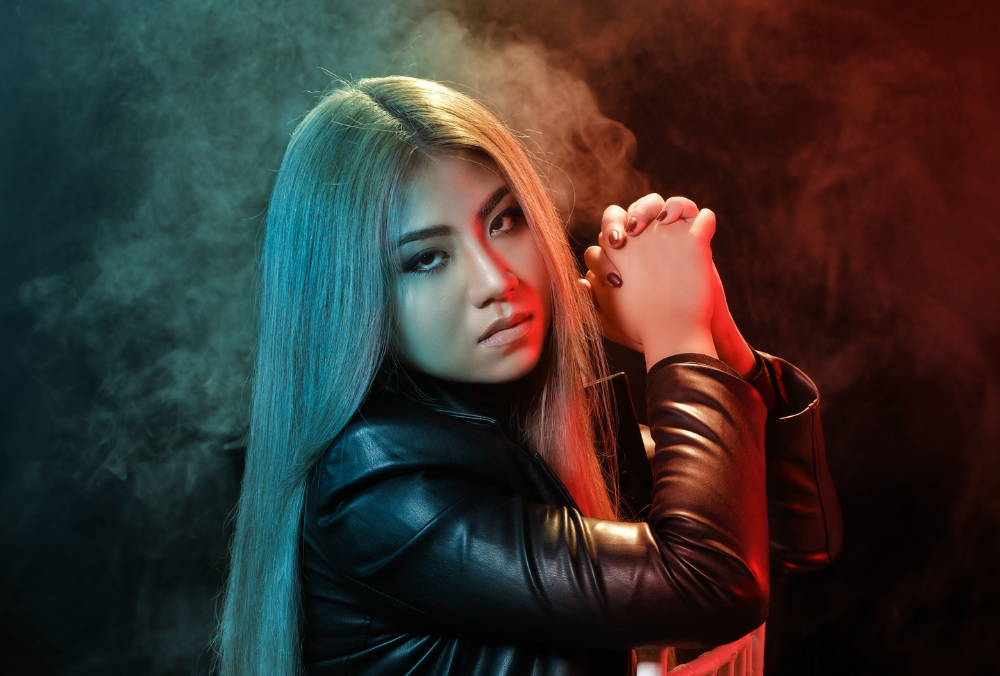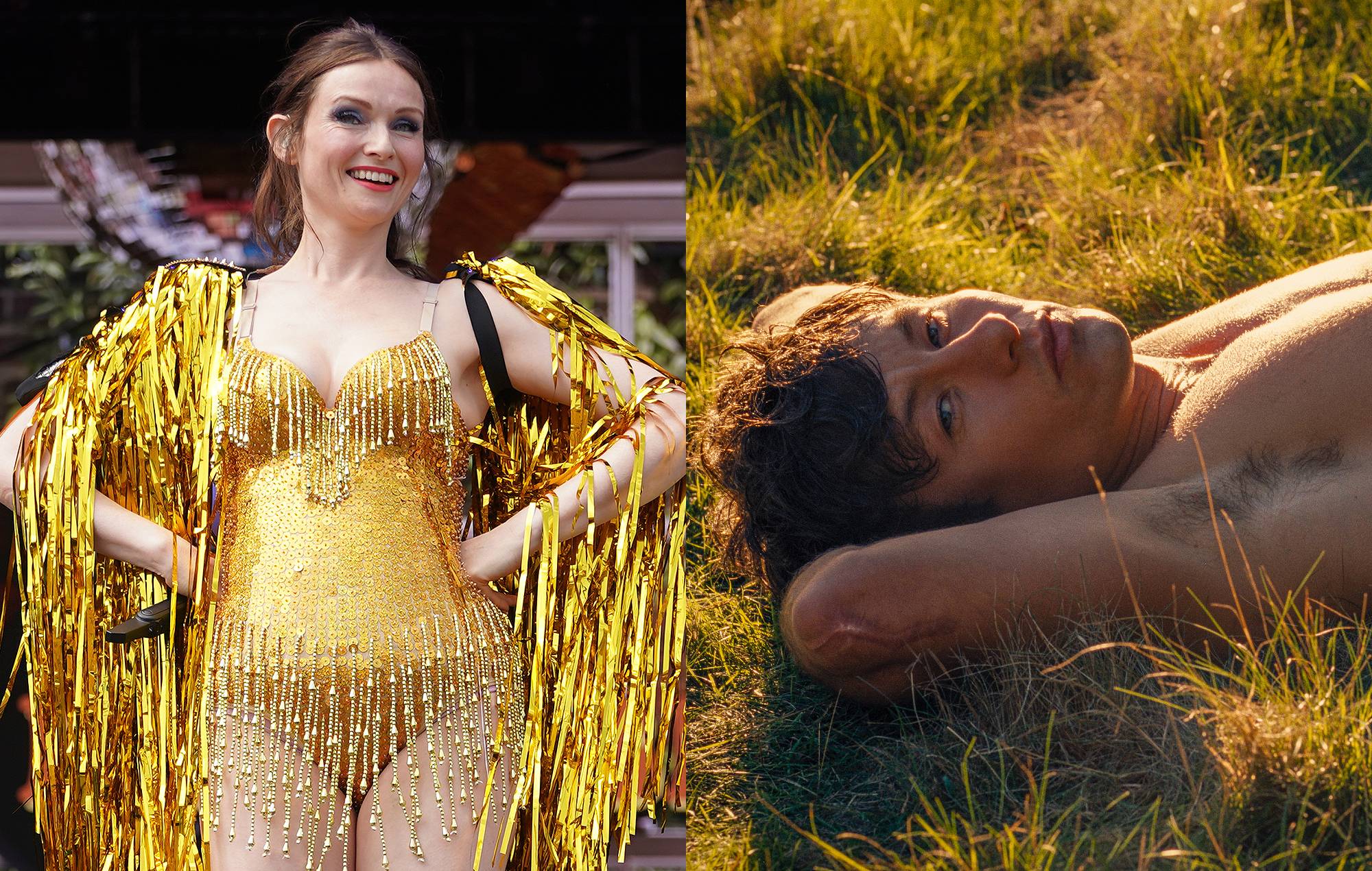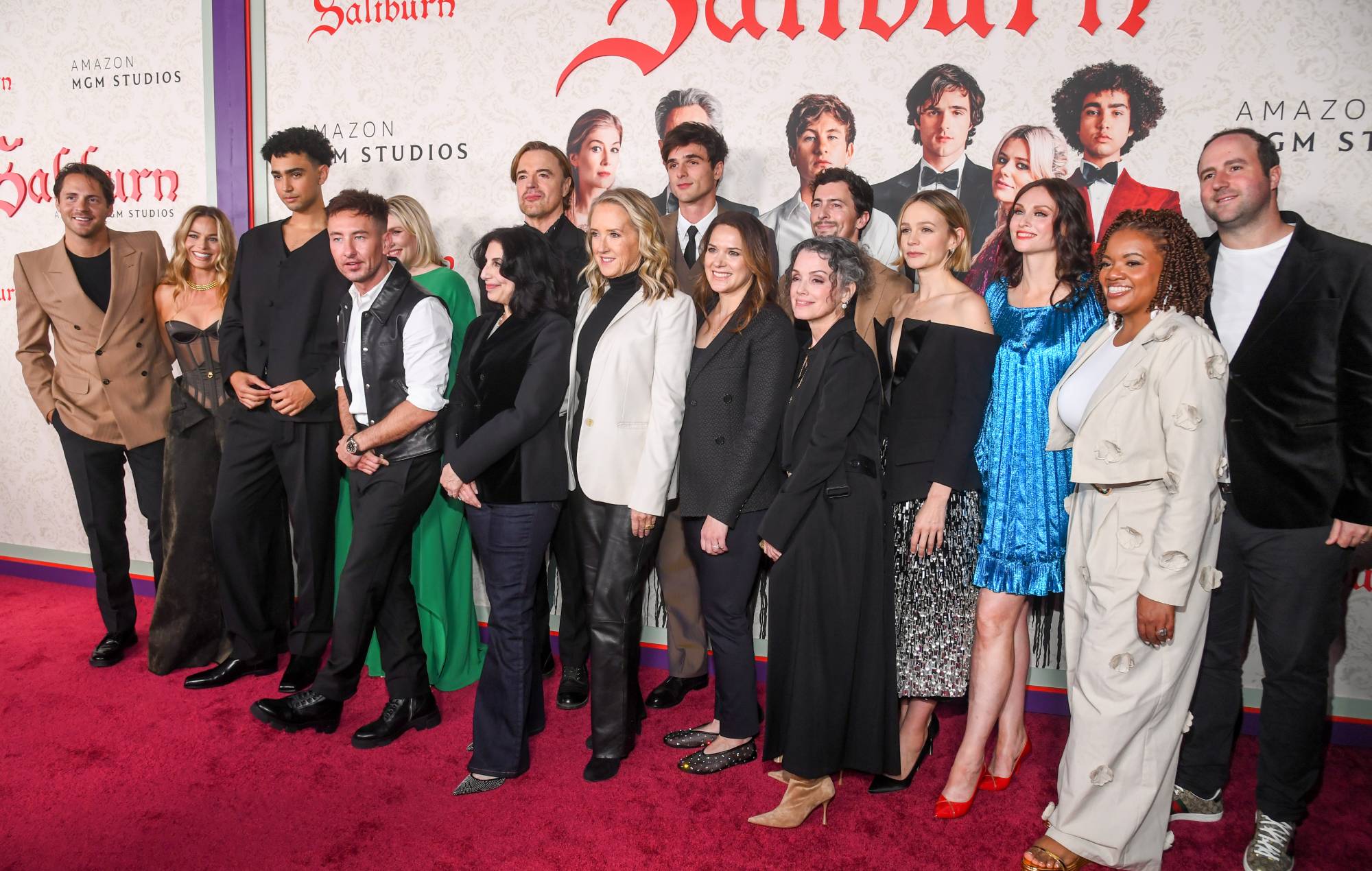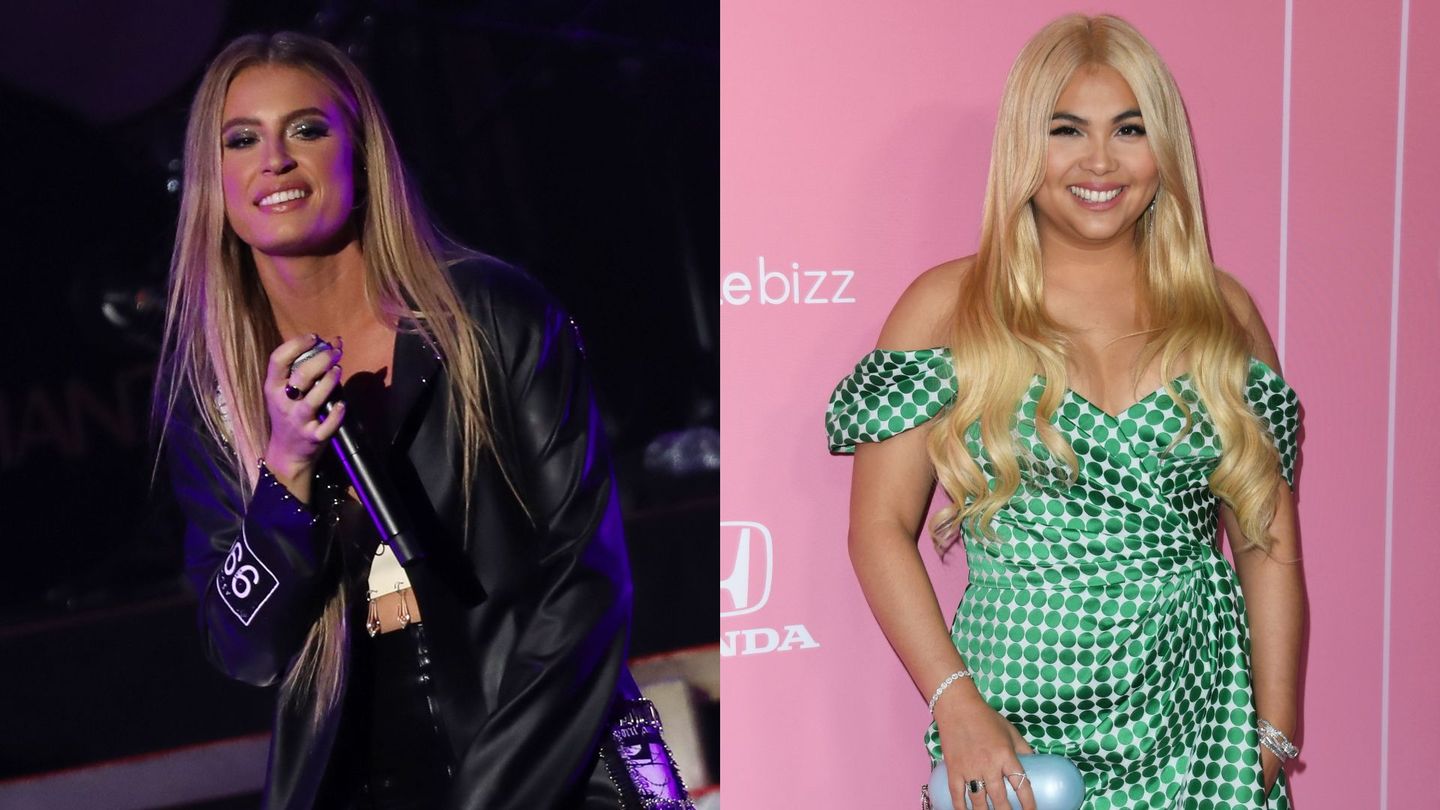The search for the ever-elusive "bop" is difficult. Playlists and streaming-service recommendations can only do so much. They often leave a lingering question: Are these songs really good, or are they just new?
Enter Bop Shop, a hand-picked selection of songs from the MTV News team. This weekly collection doesn't discriminate by genre and can include anything — it's a snapshot of what's on our minds and what sounds good. We'll keep it fresh with the latest music, but expect a few oldies (but goodies) every once in a while, too. Get ready: The Bop Shop is now open for business.
-
Fletcher ft. Hayley Kiyoko: “Cherry”https://www.youtube.com/watch?v=TM6kr99vK20
Muna and Phoebe Bridgers’s But I’m a Cheerleader-inspired collab has had me in a silky-soft chokehold for over a month, so imagine my sheer delight upon streaming “Cherry,” another unapologetically queer pop song from Fletcher and Hayley Kiyoko. The sexy, upbeat single pairs Fletcher’s flirty wordplay (“Cherry / Hello, nice to meet you, my name's Cari / We should rendezvous sometime, mon chéri”) with the playful beats that made Kiyoko the unofficial “Lesbian Jesus” of pop music. It’s the cherry on top of a banner year for sapphic singer-songwriters. —Sam Manzella
Mura Masa: "2gether"https://www.youtube.com/watch?v=uzZkhPDoVywWhat makes "2gether," the latest offering from British producer and electronic songwriter Mura Masa, so endearing is its structure. The 25-year-old constructs it as a confessional, introducing rising action with strummed acoustic guitar before a dubstep drop of a chorus that feels like a head rush after standing up too quickly. He even peppers in an unexpected hook throughout, courtesy of a highly glitched recording of the song's title. Together, it all feels foreign enough to be exciting yet familiar enough to be comfortable. —Patrick Hosken
Emmy Meli: "I Am Woman"https://www.youtube.com/watch?v=R4D0gW2Vl7kEmmy Meli has become an overnight sensation with her sexy, soulful new single “I Am Woman.” The song, chock-full of positive affirmations, serves as the soundtrack for hundreds of thousands of TikTok and Instagram videos, some of which are featured in the official lyric video. The 21-year-old singer-songwriter says she wrote the song from her morning mantras, writing on TikTok, “I wanted to put them to music to share with people what heals me.” It’s encouraging to hear a young artist so committed to uplifting women, and we hope there are more unapologetic feminist anthems in Emmy’s future. —Farah Zermane
Chung Ha: “Killing Me”https://www.youtube.com/watch?v=qomCKkKcwn4It truly is another great week to be a pop girl. Back with her brand new single, “Killing Me,” K-pop superstar Chung Ha turns over a new leaf and starts her comeback with strength, power, and a whole lot of heart. The ultimate bop for crying on the dance floor, “Killing Me” juxtaposes dark, emotional lyrics with an addictive, uptempo melody bound to get stuck in your head. The track features clearly defined peaks and valleys, driving listeners to a strong climax of a chorus, then bringing it back down to remind fans of the soul at its core. Chung Ha has already established herself as one of South Korea’s most prominent soloists, but this track further proves that narrative. She is here to stay. —Sarina Bhutani
Dijon: “Big Mike’s”https://youtu.be/QPLR2ClWlqQ“Big Mike's” by Dijon is a cacophony of barely structured instrumentation and confessional lyrics that should have never worked. Its sparse percussion is anchored by electric guitars and wild strings screeching harshly against anyone’s best judgment, giving the song a guttural, raw essence. But singer Dijon Duenas’s freewheeling odes to his lover don't come off nearly as crazed, even in the sonic chaos. “I like when you're mad," he sings. “I like when you get mood swings.” His delivery amidst all this harsh sound is unabashedly pure, so boldly earnest that it pulls the song together, a confession of likes that leads to a proposal. “I might drop to my knees,” he decides. “Will you take me?” —Terron Moore
Montell Fish: "Destroy Myself Just for You"https://www.youtube.com/watch?v=xzS3b-FX80c"Hypnotic" comes up a lot in descriptions of Montell Fish's music. The New York-based songwriter has a unique story about finding God at 17 and dedicating his music to helping people feel inspired by the divine. But his bleary guitar textures that recall Steve Hiett's dreamlike haze and spinning loops create a deeper state of consciousness — you might even call it prayer. It's no wonder YouTube boasts fan-made extensions of his songs and how some of his videos are just simple loops. You're not getting lost in his sound as much as you're finding yourself. —Patrick Hosken
Wild Pink: "Florida"https://www.youtube.com/watch?v=4Zejptq7n5QWhat do you do when it's December and you've made one of the best albums of the year? If you're Wild Pink's John Ross, you don't rest on your laurels; you keep the bangers coming. To close out 2021, the ascendent poet laureate of heartland indietronica has unveiled a nine-minute ode to his home state; much like this year’s excellent A Billion Little Lights LP, “Florida” sighs and shivers in unexpected ways, folding eerie vocalizations into simply breathtaking soundscapes. "Florida is a rewarding place if you spend the time finding its charm," Ross said in a statement. I agree. I'll be spending the holidays there for the second year in a row with my new family, and while the rampant horrors of the Sunshine State are easy to knock, there will inevitably come a time during my stay when I stare out at the immense emerald splendor of the Choctawhatchee Bay and find that most of those worries disappear, even for a moment, in the quiet stillness. I'll think of the gentleness of this song, how it stretches out like that endless water without losing any forward momentum and yet presents completely unhurried and almost meditative, and marvel at how we've come so far and how there's still so much ground left to cover. Even while Wild Pink remain bigger than Christmas, "Florida" still revels in the tiny moments. —Patrick Hosken




